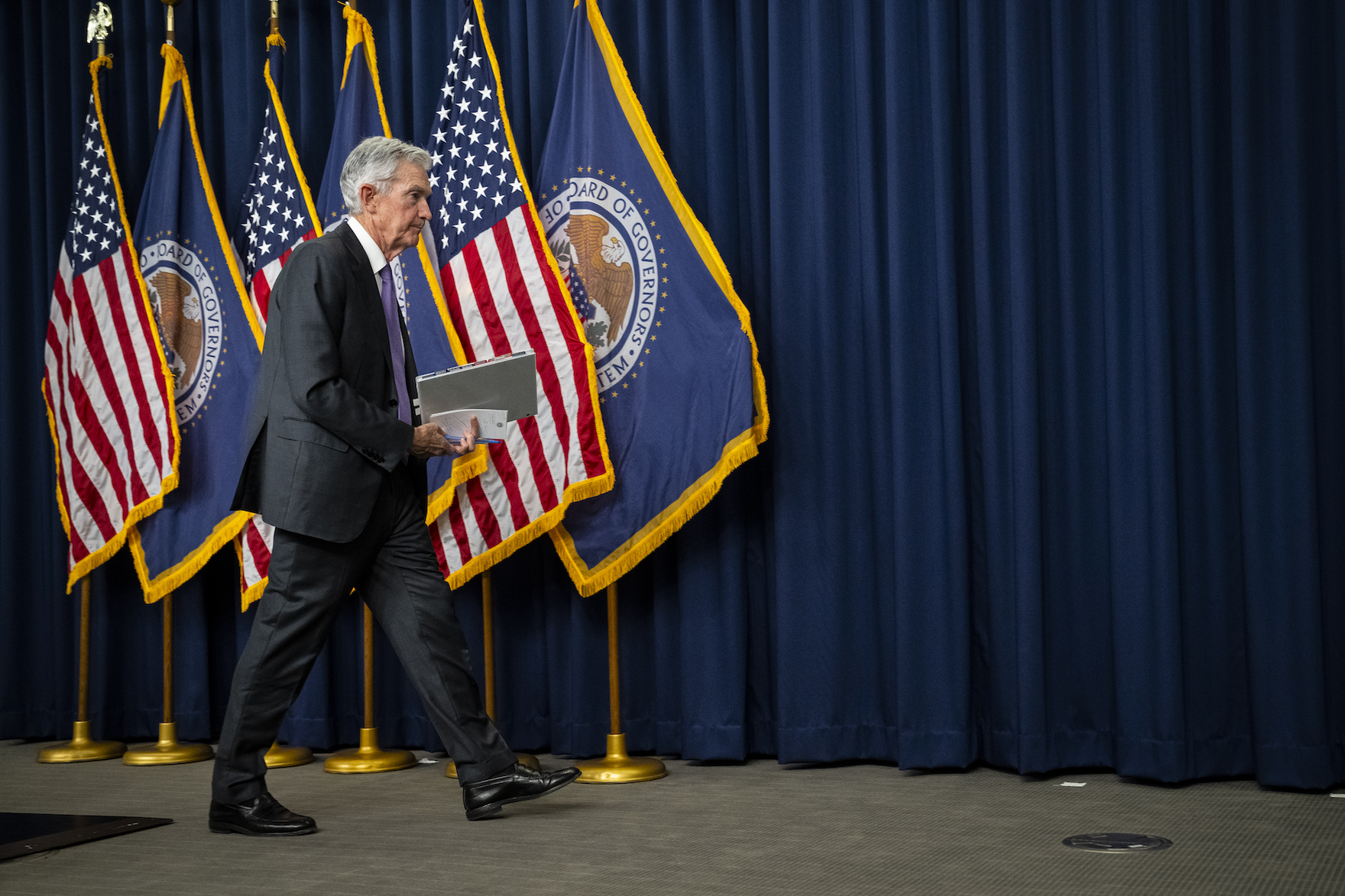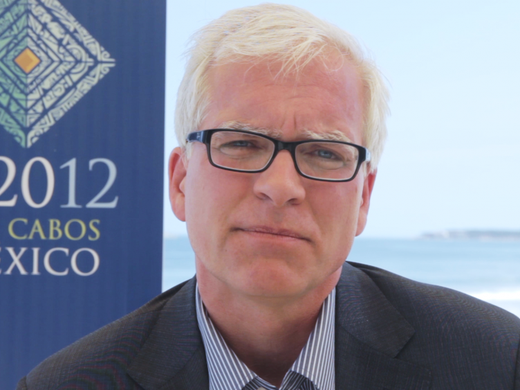The biggest issue in US banking right now is the proposed higher bank capital requirements that the US regulatory authorities floated last July. If you doubt that, consider this: When was the last time you recall watching TV ads on the arcane subject of bank regulation? Yet, US viewers have recently been subjected to just that — a series of ads warning that, if regulators get their way, homeowners and consumers could have difficulty finding a mortgage or securing a new car loan when the new regulations take effect in July 2025.
What a difference a year makes. A year ago in March, global attention was fixed on the US banking system as several mid-sized regional banks succumbed to the devastating effects of unprecedented deposit runs. Things got especially interesting when Credit Suisse, the Swiss banking behemoth, teetered on the brink of collapse. The travails of a huge international bank naturally fuelled worries of contagion, reminiscent of the terrifying days in the autumn of 2008.
Fears of another global financial meltdown did not play out for two reasons.
First, in March 2023, US authorities acted quickly to contain the nascent crisis, extending deposit insurance and injecting central bank liquidity. These measures prevented a further serious deterioration in confidence and, by backstopping the failing institutions, paved the way for their acquisition by stronger firms.
Second, bank capital ratios in March 2023 were significantly higher than in 2008. Those higher capitalization ratios reflected the decision by international bank regulators and supervisors to bolster the system’s resilience. The so-called Basel III rules — named for the Swiss city home to the Basel Committee on Banking Supervision — adopted in the wake of the 2008 financial crisis raised both capital and liquidity buffers for large internationally active banks.
The proposed final tweaks, or “endgame,” to Basel III, which could require banks to increase their capital by as much as 20 percent, are why US bankers are so agitated and why they have been warning that borrowing costs will increase.
Contrary to those TV ads, bank capital is not tantamount to money locked away in a vault that can’t be lent out.
Those warnings recently led Jay Powell, the chairman of the US Federal Reserve, to announce that “broad and material” changes would likely be made to the proposed regulations.
However. the bankers aren’t telling you the whole story in those TV ads.
To see this, start with the fact that Basel III capital and liquidity buffers protected the banks from the risk of contagion a year ago. In fact, the biggest banks saw their deposits increase as money fled smaller regional banks. Bankers point to this resiliency as evidence that existing capital requirements are sufficient. They might have a point if it weren’t for those extraordinary policy measures to protect the economy from financial instability.
Moreover, contrary to those TV ads, bank capital is not tantamount to money locked away in a vault that can’t be lent out. When a bank raises capital by issuing shares or through retained earnings, it can use some of those funds to buy liquid assets, such as government treasury bills, and some to lend as illiquid assets — home mortgages or car loans. If a bank wants to fund a certain level of lending, therefore, it can raise additional deposits or issue bonds, increasing debt. Alternatively, the bank can issue more shares or retain earnings, increasing its capital base.
From the bank’s perspective, capital is costly relative to debt, because tax laws provide a financial incentive to issue debt in the form of interest deductibility. By increasing the share of debt in the capital structure of the firm, the bank’s managers can increase after-tax returns to shareholders.
In other words, higher capital requirements entail private costs — smaller bonuses for bank managers and less attractive returns for bank shareholders. And if the risk-adjusted return on bank capital is below the risk-adjusted return in other sectors because of higher capital requirements, banks would have more difficulty raising capital, leading them to “optimize” their balance sheets, reducing the volume or raising the price of some lending, such as loans to disadvantaged clients.
The question is whether these private costs are offset by lower social costs as measured by a reduced risk of financial crises. Put simply, more capital reduces this risk because banks are better able to withstand large negative shocks.
While this trade-off underlies the Basel III rules, it doesn’t imply that banks should hold sufficient capital to withstand all conceivable shocks. It would have been foolish, for example, to force banks to have enough capital to withstand the financial market dysfunction that accompanied the onset of the COVID-19 pandemic — a truly “once-in-a-century” shock that only government balance sheets, backed up by the financial firepower of central banks, could absorb. But short of black swan shocks, banks should be required to hold sufficient capital to prevent the kind of crisis created by imprudent risk taking, as occurred in 2008.
Unfortunately, one year after the biggest banking crisis since the onset of the Great Recession, we still don’t have an answer to the key question regarding bank capital: How much is enough? That needs to change, if we’re to prevent future financial crises.



